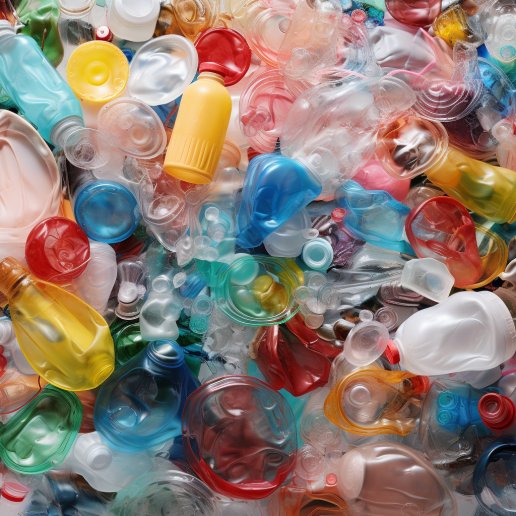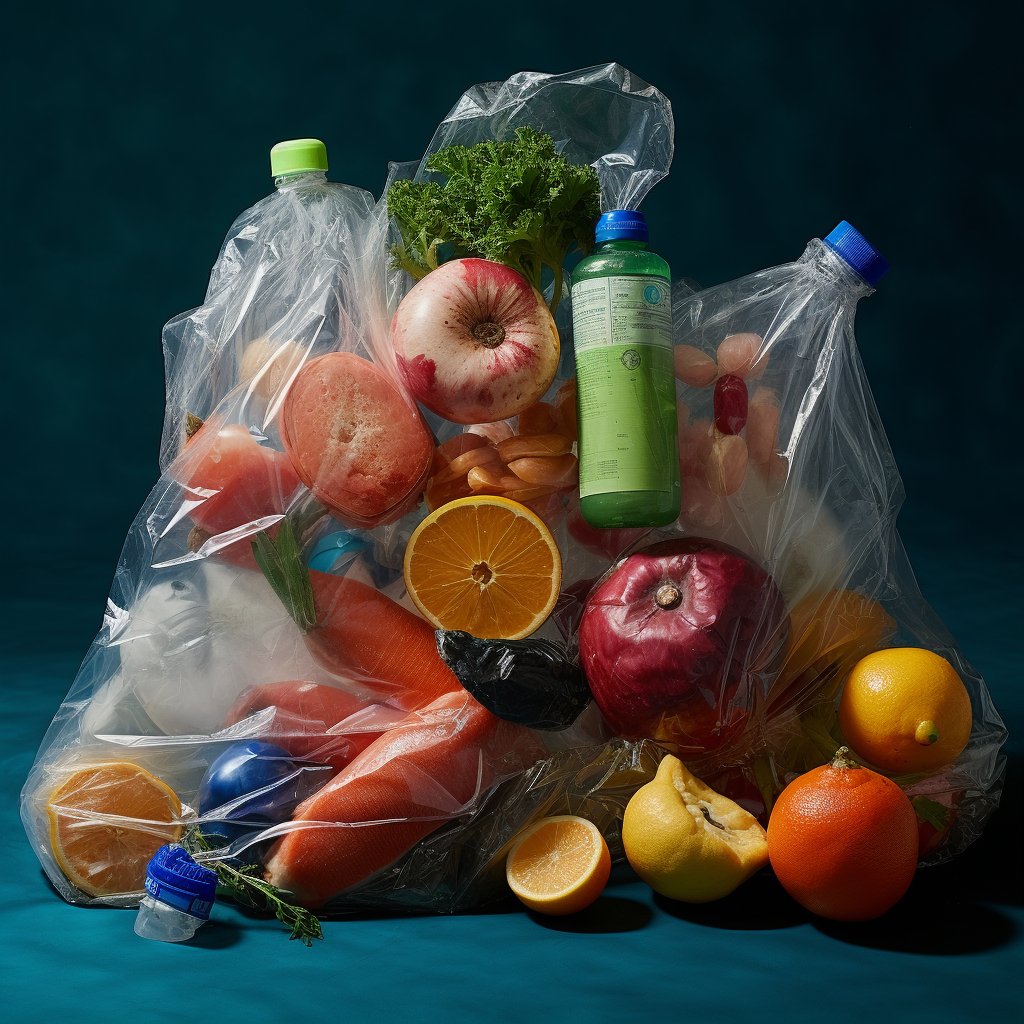Extended Producer Responsibility (EPR) is a policy approach that makes manufacturers responsible for the end-of-life management of their products, including their packaging. This means that producers are held accountable for properly disposing and recycling the materials they use, from the point of production to the end of their useful life. In the context of plastic recycling, EPR has become a crucial tool in the fight against plastic waste.
In recent years, EPR has been implemented in various ways worldwide, focusing on plastic waste reduction and circular economy initiatives. In this article, we will explore the different EPR implementations in relation to plastic recycling, including industrial usage, application areas, consumer product examples, material properties, and future trends in recycling.
Plastic is an incredibly versatile material that has become ubiquitous in our daily lives. From packaging and consumer goods to industrial applications, plastic is everywhere. However, the environmental impact of plastic waste has become a growing concern in recent years. In response, many countries and organisations have implemented Extended Producer Responsibility (EPR) policies to promote sustainable practices in the plastic industry and reduce the environmental impact of plastic waste.
Industrial Usage of EPR in Plastic Recycling
EPR has been widely adopted in the industrial sector, where it has become an important tool for managing the life cycle of plastic products. One example of industrial EPR is the European Union’s Packaging and Packaging Waste Directive, which requires producers to meet specific recycling targets for their packaging materials. Under this directive, producers must ensure that a certain percentage of their packaging waste is recycled, with targets set for different materials and packaging types.
In addition, many countries have implemented EPR schemes that require producers to contribute to waste management and recycling costs. For example, in Canada, producers of certain products, including packaging and printed paper, must pay into a recycling fund, which is used to support the collection and recycling of these materials.
Application Areas of EPR in Plastic Recycling
EPR has been applied in various areas related to plastic recycling, including product design, waste management, and recycling infrastructure. For example, in product design, EPR can be used toincentivisee the use of recyclable materials and to discourage the use of non-recyclable materials. By holding producers responsible for the end-of-life management of their products, EPR can encourage them to design products with recyclability in mind.
In waste management, EPR can support the development of recycling infrastructure, such as collection systems and recycling facilities. By requiring producers to contribute to the cost of waste management, EPR can ensure that the necessary infrastructure is in place to support the recycling of plastic materials.

Consumer Product Examples of EPR in Plastic Recycling
EPR has also been applied to consumer products like packaging, electronics, and automobiles. One example of EPR in consumer products is the Canadian Electronics Recycling Program, which requires electronics producers to collect and recycle their products at the end of their useful life. Under this program, consumers can return their old electronics to participating retailers or drop-off locations, where they will be recycled following environmentally sound practices.
Another example of EPR in consumer products is the Loop program, which is a partnership between recycling companies and consumer product companies. Under this program, consumers can purchase products in reusable containerss, such as shampoo and cleaning products. When the product is empty, the container can be returned to a participating retailer, where it will be cleaned, refilled, and resold.
Market Price Developments and Global Impact of EPR in Plastic Recycling
The implementation of EPR in plastic recycling has significantly impacted market price developments and global plastic waste management practices. EPR policies have increased the demand for recycled plastic materials, which has led to an increase in the price of recycled plastic. This increase in price has made recycled plastic more competitive with virgin plastic, which has traditionally been cheaper to produce.
In addition to driving market price developments, EPR has also had a global impact on plastic waste management practices. EPR policies have been implemented in countries around the world, including Canada, the European Union, and China. These policies have helped reduce plastic waste and improve recycling rates in these countries while promoting the development of new recycling technologies and infrastructure.
Future Market Prognosis for EPR in Plastic Recycling
Looking ahead, the future prognosis for EPR in plastic recycling is positive. As concerns about plastic waste and environmental impact continue to grow, producers are increasingly pressured to take responsibility for the end-of-life management of their products. EPR policies are likely to become more widespread, with more countries adopting these policies and existing policies becoming more robust.
In addition, the development of new recycling technologies and infrastructure is likely to continue, driven by the demand for recycled plastic materials. This will make it easier and more cost-effective to recycle plastic, and could lead to a shift away from virgin plastic towards recycled plastic producing of new products.
However, there are also challenges and limitations to the implementation of EPR in plastic recycling. For example, there are still significant barriers to recycling certain types of plastic, such as PVC and polystyrene. In addition, the effectiveness of EPR policies can be limited by a lack of enforcement and monitoring mechanisms and a lack of cooperation and coordination among stakeholders.
The impact of Extended Producer Responsibility Implementations in relation to plastic recycling around the world
Implementing Extended Producer Responsibility (EPR) policies with plastic recycling has significantly impacted the environment and economy worldwided. In this section, we will look at the environmental and economic impact of EPR in plastic recycling.
Environmental Impact of EPR in Plastic Recycling
One of the main goals of EPR policies in relation to plastic recycling is to reduce the amount of plastic waste that ends up in landfills or the environment. EPR policies help achieve this goal by requiring producers to take responsibility for the end-of-life management of their products, including their packaging.
By implementing EPR policies, countries have increased their plastic recycling rates and reduce plastic waste. For example, in the European Union, implementing EPR policies has helped increase plastic recycling rates from 24% in 2005 to 41.5% in 2018. This has reduced the amount of plastic waste that ends up in landfills or the environment, which positively impact the environment.
In addition to reducing plastic waste, EPR policies also promote the use of recycled plastic materials, which can help to reduce the carbon footprint of plastic production. Recycling plastic requires less energy and produces less greenhouse gas emissions compared to producing virgin plastic materials. Therefore, by promoting the use of recycled plastic materials, EPR policies can help reduce the plastic industry’s carbon footprint..
Economic Impact of EPR in Plastic Recycling
The implementation of EPR policies in relation to plastic recycling can also have an economic impact. EPR policies can help create a market for recycled plastic materials, providing new economic opportunities. By increasing the demand for recycled plastic, EPR policies can also help to drive the development of new recycling technologies and infrastructure.
In addition to creating new economic opportunities, EPR policies can also help to reduce the economic costs associated with plastic waste management. For example, in the United States, it is estimated that the economic cost of plastic waste management is around $139 billion per year. By reducing the amount of plastic waste that ends up in landfills or the environment, EPR policies can help to reduce these costs.
Furthermore,usingf recycled plastic materials can also help reduce the cost of producing new products. Recycled plastic is often cheaper to produce than virgin plastic, which can help reduce the overall production cost for companies that use plastic materials in their products.
Extended Producer responsibility:
Extended Producer Responsibility policies offer a promising approach to addressing plastic waste’s environmental impact. By encouraging producers to take responsibility for the entire lifecycle of their products, EPR policies can promote sustainable practices, reduce plastic waste, and minimise the impact of plastic on the environment. However, there are challenges to implementing EPR policies effectively, and further research and collaboration are needed to optimise their impact. As we continue to tackle the issue of plastic waste, EPR policies will undoubtedly play a crucial role in creating a more sustainable future.






